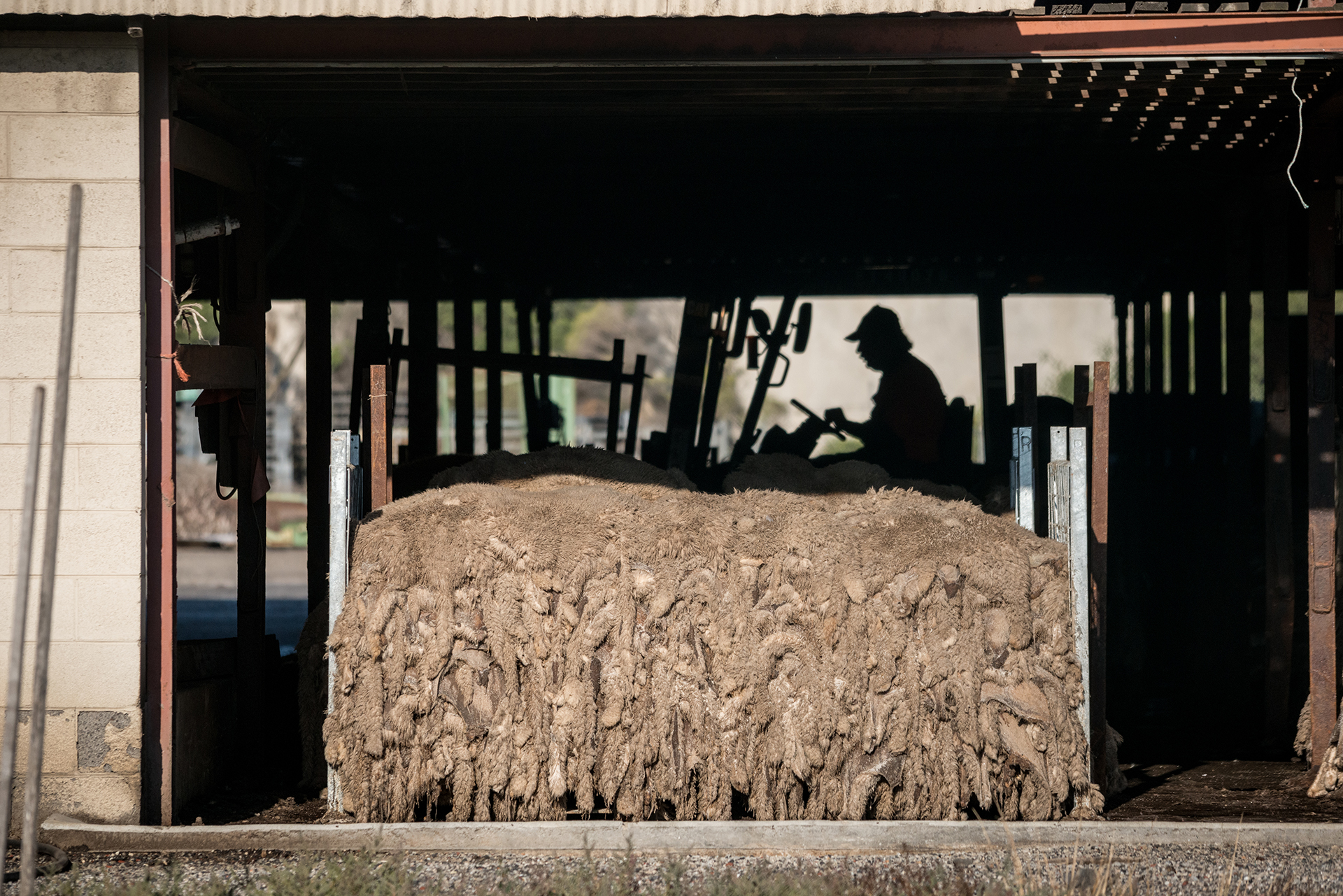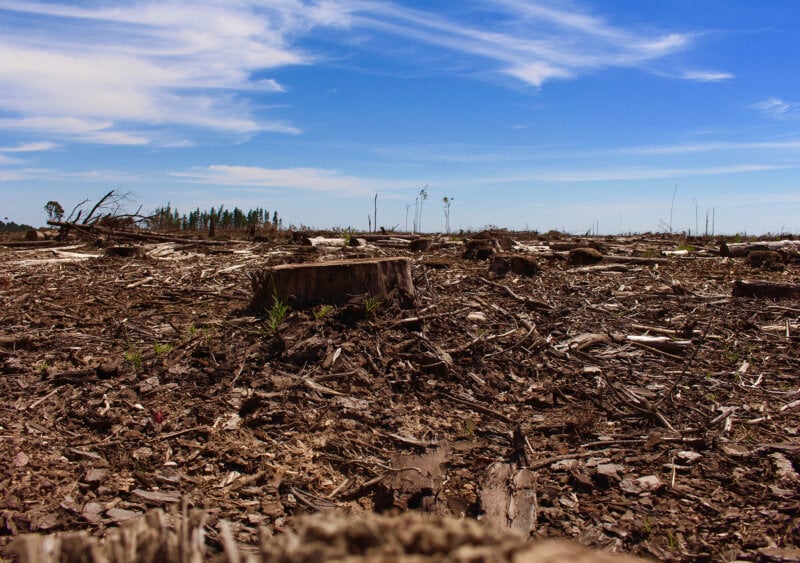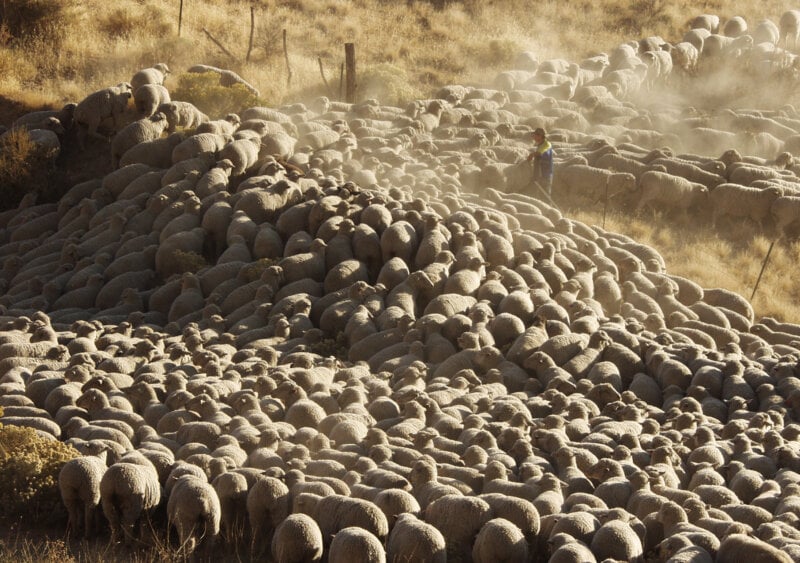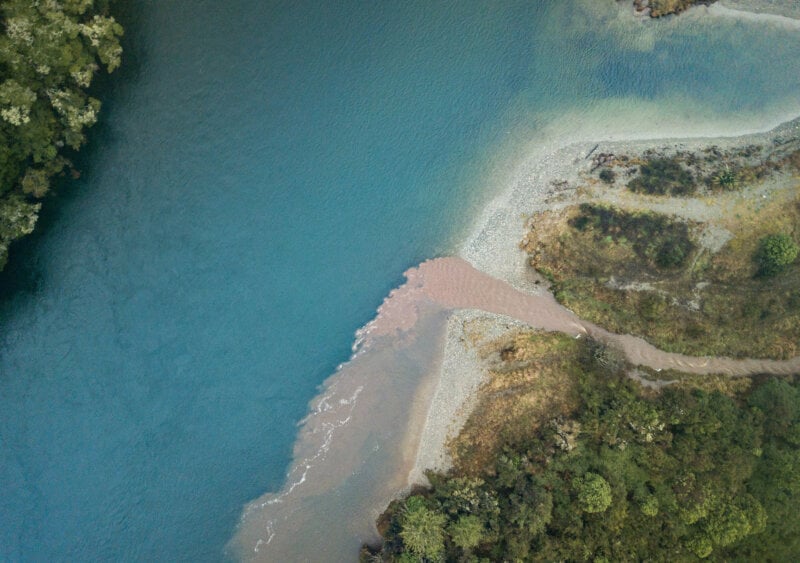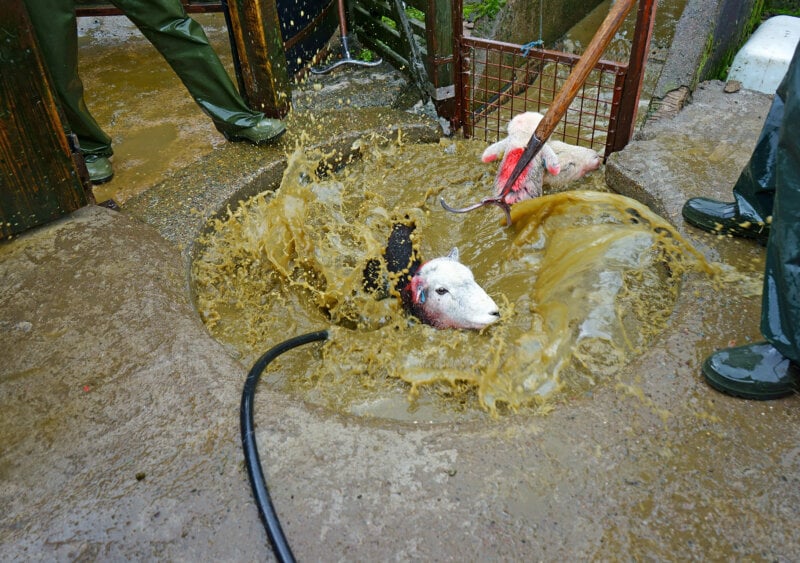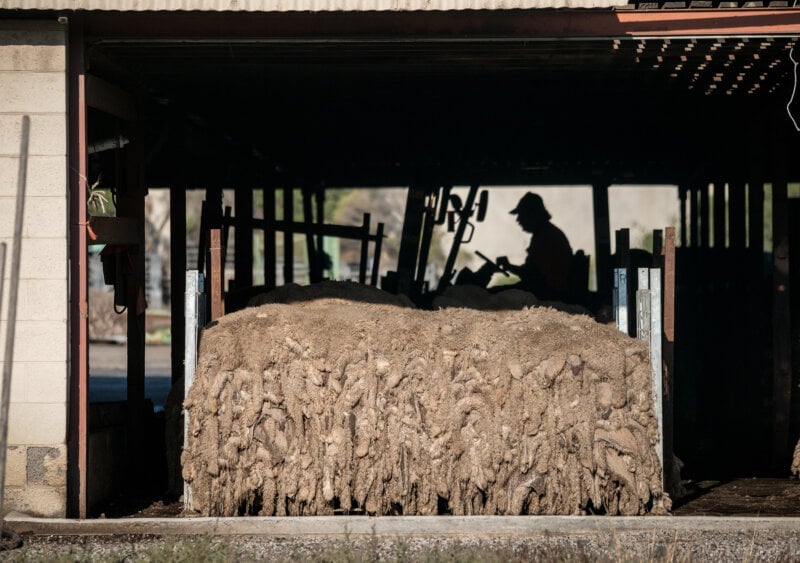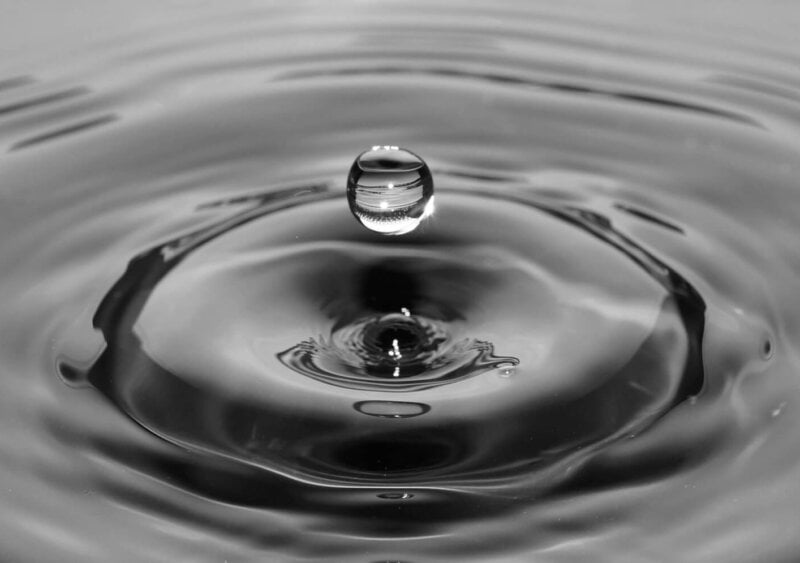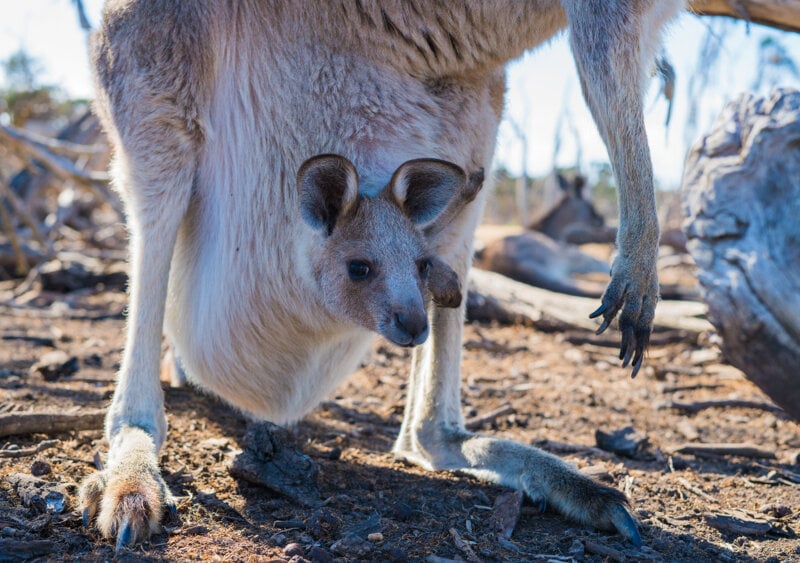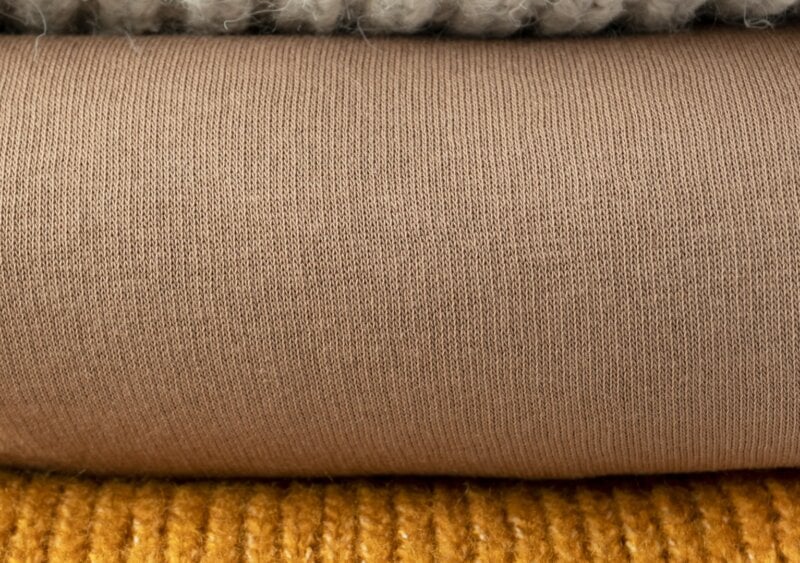Wool Processing
Wool processing involves several water- and energy-intensive phases, including multiple washes to clean the fibre, called scouring.
After it’s taken from sheep, wool contains grease, suint (the dried perspiration of sheep), and dirt. This can make up some 35% to 40% of the fleece weight.
Environmental Problems Associated With Wool Scouring
Removal of all this grime requires large amounts of water and energy and results in strong odours, emissions including arsenic, lead, mercury, carbon monoxide, and chromium, and effluents with heavy loadings of grease, which can remove oxygen from the receiving waters, causing harm to plant and animal life.
One kilogram of greasy wool can produce between 8 and 20 litres of effluent.
Most of the world’s wool processing takes place in China because it’s cheaper.
 © Farm Transparency Project
© Farm Transparency ProjectFirst, the wool is moved through a series of bowls of water and chemical detergents. In recent years, the industry has moved away from alkylphenol ethoxylates after the Global Organic Textile Standard prohibited their use since they were found to have unacceptable environmental effects. These include disrupting the hormones of fish in nearby waterways, which feminises the fish and decimates populations.
Then, any last remaining grass seeds or dirt are removed by a process called carbonisation, in which the fibre is dropped into a sulphuric acid and water bath several times, heated up, and crushed. Finally, the wool is bleached with hydrogen peroxide to make it into the fluffy white fabric we all recognise.
Victoria Wool Processors scours around 3% of Australia’s total wool clip, and it generates the same level of waste as 80,000 humans per year. Similarly, there are only two commercial wool-scouring facilities still operating in the UK.
One kilogram of greasy wool can produce between 8 and 20 litres of effluent. Scouring plants in developed countries like Australia and the UK must treat water on site until it’s safe to add to the sewerage system or apply to land as fertilizer, where it emits nitrous oxide. This increases wool’s total greenhouse-gas emissions. Today, most of the world’s wool processing takes place in China because it’s cheaper. Environmental practices around effluent are less stringent, and labour costs are lower. Like many other manufacturing industries, wool has exported some of its environmental problems overseas.
